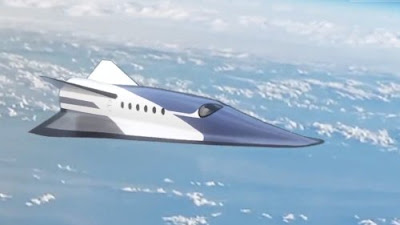Innovation Rewarded
Nobel Prize in Chemistry to Lithium Ion Battery Pioneers
Two American and Japanese Scientists Sparked an Energy Revolution
Three scientists have been awarded the Nobel Prize for developing the lithium-ion battery that has made the global mobile revolution possible. The winners are John Goodenough of the University of Texas Austin, Stanley Whittingham of the State University of New York Binghamton and Akira Yoshimo of Asaki Kasei Corporation Tokyo and Meijo University, Nagoya, Japan.
Rechargeable World
The lightweight, rechargeable battery is now used in everything from laptops, mobile phones, electronics and electric vehicles. It also stores significant amounts of wind and solar power, making the world less dependent on fossil fuel. As the Nobel Committee put it, the three have created a rechargeable world.
Historic Innovation
The foundation for the lithium-ion battery was laid by Stanley Whittingham in the 1970's. He discovered an energy rich material, which he used to create an innovative cathode and a consequent battery with the potential of 2 volts. Building upon that, John Goodenough, in the 1980's, increased the battery power to 4 volts. And finally in 1985, Akira Yoshimo created the first commercially viable lithium-ion battery. Their innovation has enabled a global information and communications revolution and green power including for electric cars. For a free borrow or free listen to my Kindle e-book and Audible audiobook "Important Innovations Collection: Energy", go to amazon.com/author/ekane https://www.amazon.com/gp/product/B07KM4XLH8/ref=dbs_a_def_rwt_bibl_vppi_i8 - Kindle
https://www.amazon.com/Important-Innovations-Collection-Energy/dp/B07XTQK5M4/ref=tmm_aud_swatch_0?_encoding=UTF8&qid=&sr= Audiobook
 |
| Source: Nobel Prize Image |
Two American and Japanese Scientists Sparked an Energy Revolution
Three scientists have been awarded the Nobel Prize for developing the lithium-ion battery that has made the global mobile revolution possible. The winners are John Goodenough of the University of Texas Austin, Stanley Whittingham of the State University of New York Binghamton and Akira Yoshimo of Asaki Kasei Corporation Tokyo and Meijo University, Nagoya, Japan.
Rechargeable World
The lightweight, rechargeable battery is now used in everything from laptops, mobile phones, electronics and electric vehicles. It also stores significant amounts of wind and solar power, making the world less dependent on fossil fuel. As the Nobel Committee put it, the three have created a rechargeable world.
Historic Innovation
The foundation for the lithium-ion battery was laid by Stanley Whittingham in the 1970's. He discovered an energy rich material, which he used to create an innovative cathode and a consequent battery with the potential of 2 volts. Building upon that, John Goodenough, in the 1980's, increased the battery power to 4 volts. And finally in 1985, Akira Yoshimo created the first commercially viable lithium-ion battery. Their innovation has enabled a global information and communications revolution and green power including for electric cars. For a free borrow or free listen to my Kindle e-book and Audible audiobook "Important Innovations Collection: Energy", go to amazon.com/author/ekane https://www.amazon.com/gp/product/B07KM4XLH8/ref=dbs_a_def_rwt_bibl_vppi_i8 - Kindle
https://www.amazon.com/Important-Innovations-Collection-Energy/dp/B07XTQK5M4/ref=tmm_aud_swatch_0?_encoding=UTF8&qid=&sr= Audiobook



Comments
Post a Comment